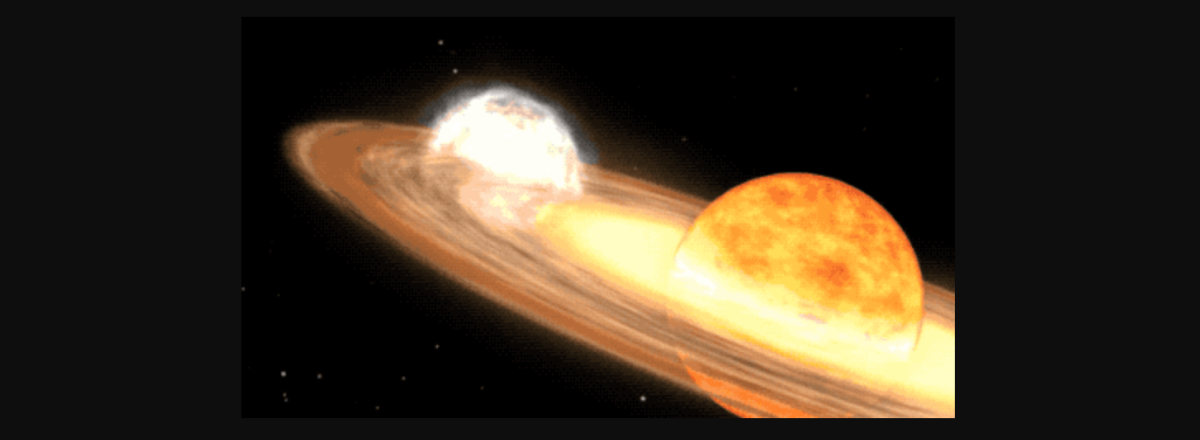Rare Nova to Illuminate the Night Sky with a ‘New Star’ This Year
T CrB is a binary system comprising a red giant and a white dwarf, where the latter siphons material from its neighbor until a critical mass is reached, sparking a thermonuclear fusion on its surface.

This year presents such a rare celestial spectacle as a nova outburst, making a "new star" visible from Earth with the naked eye for a brief period. The star system responsible for this extraordinary event is T Coronae Borealis (T CrB), situated approximately 3,000 light-years away in the constellation of Corona Borealis, also known as the Northern Crown.
T CrB is a binary system comprising a red giant and a white dwarf, where the latter siphons material from its neighbor until a critical mass is reached, sparking a thermonuclear fusion on its surface. This process results in a dramatic increase in brightness, making the otherwise indiscernible star visible to the unaided eye. T CrB last displayed this phenomenon in 1946, offering a mesmerizing view without the aid of telescopes.
The cycle of T CrB suggests the next outburst was anticipated in 2025. However, recent observations suggest that this nova could illuminate our skies from February to September 2024.
Once it erupts, the nova should remain visible for several days before fading, subsequently offering a week-long window for binocular viewing. As it dims back to its standard brightness, the cycle resumes with the white dwarf accumulating material for the next outburst.

